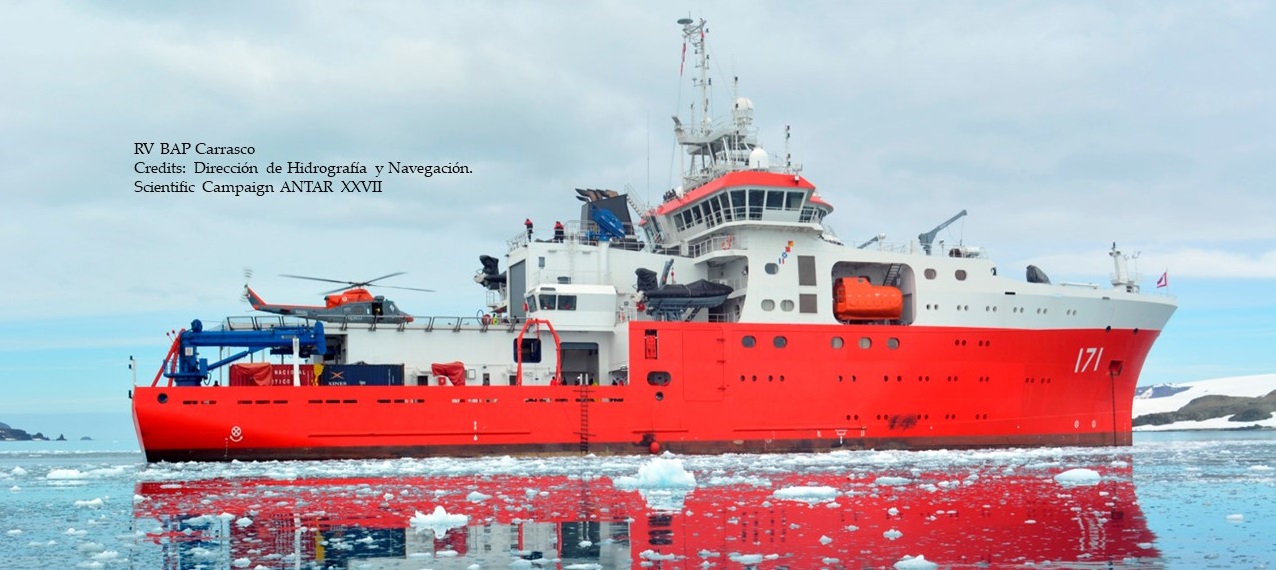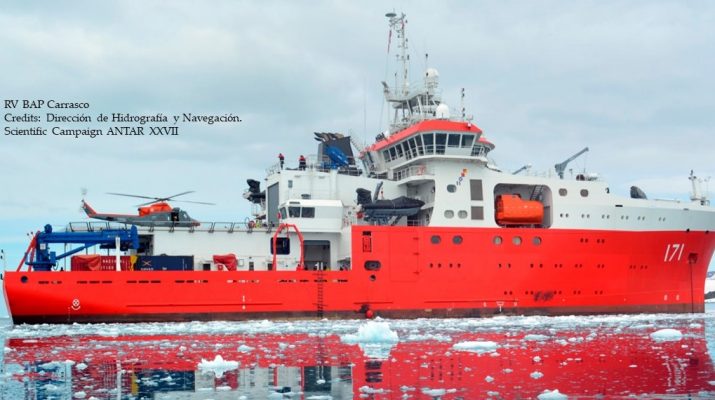Víctor Aramayo (1) (2)
(1) Instituto del Mar del Perú, Callao, Perú; (2)Facultad de Ciencias Biológicas, Universidad Nacional Mayor de San Marcos,
Lima 100, Perú
Email: victoraranava@gmail.com
Deep-sea ecosystems represent the most important and largest marine biome on the planet. However, over the last few decades, these extreme environments have garnered an increase in interest from society, which is reflected by a renewed focus on funding more multidisciplinary research (e.g. geology, physical oceanography, deep-sea habitat ecology, biodiversity, endemism studies, marine chemical compounds, alternative energies, etc.). Despite this, only ~1% of the world’s deep ocean has been explored.
Last year, we applied to the Natural Environment Research Council (NERC)-UK for funding for an international cooperation project. In a first foray in this field, the project aimed to explore benthic communities (e.g. autotrophic bacteria, protozoan and metazoan meiofauna, macrofauna), and biogeochemical processes under hypoxia in a submarine canyon off Northern Peru (~7°S). Although this project was not selected for funding, this experience served not only to highlight our interest in studying a deep-sea ecosystem chronically affected by an intense oxygen minimum zone, but also to show the institutional effort of the Instituto del Mar del Perú in acquiring an 8-tube MUC (Ø110 mm, reaching ~ 6km depth) along with other benthic samplers for these specific objectives. Another favourable aspect for these initiatives has been the relatively recent acquisition by the Government of Peru of the RV BAP Carrasco (administered by the Peruvian Navy); one of the best equipped oceanographic ships in the world, with a large operational capacity, which has significantly broadened our research horizon.
Since the end of last year, we have continued in our efforts to obtain financing to conduct a cruise, ideally using the RV Carrasco, to explore suitable (soft sediments) sites for the deployment of benthic samplers, the collection of sediment samples and also the detection and mapping of benthic habitats (e.g. canyons, seeps) with high-resolution acoustics. Both the pandemic and the consequent lockdown produced by COVID-19 have partially slowed down all our objectives of an exploration cruise this year (most budget in national agencies is currently aiming to attend the medical emergency by funding ad hoc projects); meanwhile, I think this could be a good time to communicate as much as possible the current interest in Peru about these studies, the need to develop our knowledge about the ecology of our deep-sea ecosystems, the ecological services they provide, and the wish for future collaborations.

[from Deep-Sea Life 15]

